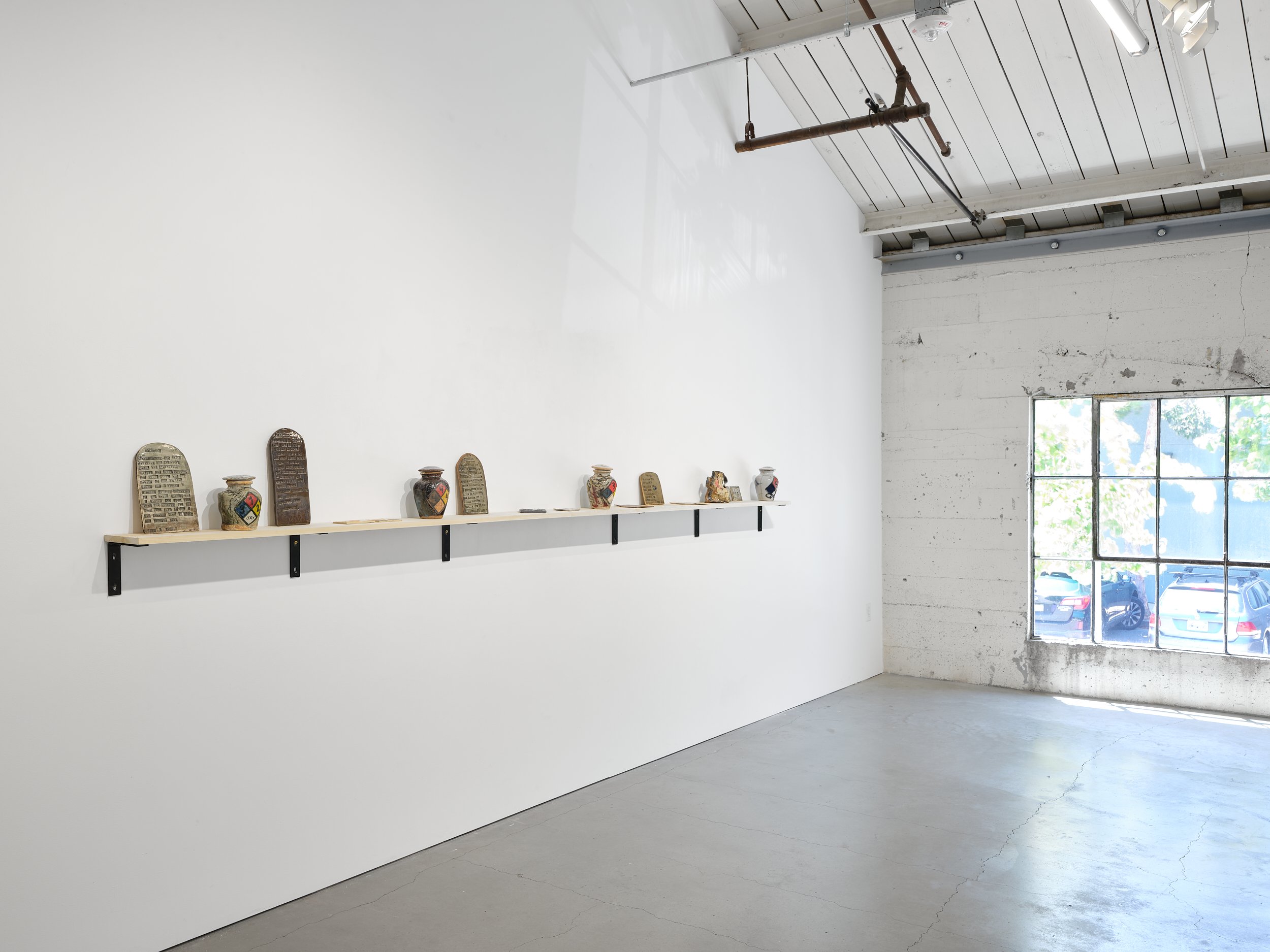Hervídor Príma
Jasminne Morataya
6.1.2024 - 7.1.2024





I once took a class called Illustration Concepts and Techniques, which was being offered as a night course. I was in the process of flunking out of an agricultural science program at another school, where I failed every lab paper and propagated plants which the college sold in their ‘farm store’ without any compensation structure–their motto was Learn by Doing.
Illustration Concepts and Techniques was being taught by two brothers, who had a 20 year collaborative painting practice that was coming to an end at around the time I signed up for the class. It seemed fraught, breaking up with your brother.
Illustration Concepts and Techniques was a class for adults. In a cruel coincidence, another person enrolled was my teacher for a class I was taking during the day at the agricultural school–History of Garden Art. I figured I would just lay it on thick during her crit portion of Illustration Concepts and Techniques and she’d give me a better grade at the end of the quarter for History of Garden Art. This ended up not happening, and the D I got in her class was the coup de grâce that ultimately led me to give up my agricultural science pretensions. I did not like her paintings as much as I said I did. It is wrong to lie to people even if you think you are doing them a good turn. I have many similar diseases of character that I’m still working through.
I don’t remember any one thing I learned in any class at any time. If I learned anything in Illustration Concepts and Techniques, it was that
attachment is the root of all suffering (gleaned from the sad, slow-motion, brother-to-brother uncoupling).
you can make fairly complete worlds with few tools and the thinnest thread of narrative.
There are a lot of scenarios which drain people of vigor and dignity, but recuperative interpretations can often be made of the world and its referents. In the absence of this, one must find a way to square the circle. My friend once told me of a woman who got locked into her friend’s bathroom while cat-sitting and carved her way out with a pair of tweezers. When cornered, find ways out.
(need help gabe)
inertia stings, muscles ache
shoulders already heavy with someone else’s burdens (pinioned).
Help is on the way to recovery, and we are both damaged in different ways, but still good!
Jasminne and I are switching places, our brains are being swapped out from a miraculous new surgery being performed by our dads, who are both brain surgeons.
My friend told me yesterday that her father is retiring, and that he was a surgeon of the bone.
I’ve never broken a bone, only been stitched up.
Jasminne works hard and plays fair, and is neither evil nor good.
Her favorite meal is an easy, Steamy, beautiful Thugger girl breakfast, an onion based panopticon.
Jasminne is beginning a master’s program to become a teacher of english. When she becomes credentialed, her first required text will be Beccaria’s On Crimes and Punishments, not to be confused with Dostoevsky’s Crime and Punishment, and to be confused with Transformers Prime: Optimus Prime and the Secret Mission by Ray Santos.
The work might make you feel gassed up, totally jarred, or worried. But please don’t worry, Jasminne is ok! And so am I. Everything will get better soon.
We will soon all be readily employed, working for no man’s land and sipping stinging nettle tea.
We don’t try and sell our art but it is for sale (inquire within).
It’s bad to worry about the future, but when you can’t see the forest for the trees, just remember the simple phrase: “ashes to ashes, dust to dust”. Then spread yourself to the sea.
Hervídor Príma is a drawing and ceramics show by the artist Jasminne Morataya. The drawings, utilizing both cut-and-paste collage as well as appropriated snapshots from stock image databases, conjuring a phantasmatic brunette ideal enduring many refracted trials of spirit: Munchausen by proxy victim, WeWork odalisque, slacker, procrastinator, female loser. The multi-focal approach to narrative is mirrored in the eclectic use of materials, serving to highlight a sort of humor in incongruity.
Drawing from the artist’s interests in funerary practices, the ceramics play with recognizable urn-forms adorned with different iterations of the National Fire Prevention Association’s “Safety Diamond”, a contemporary glyph normally used to identify hazardous materials. These are juxtaposed against a series of stelae, or quasi-headstone slabs of text, which concretize banal personal folklore in a manner that recalls cuneiform tablets, the earliest known writing system.
